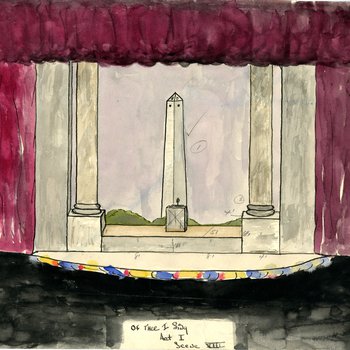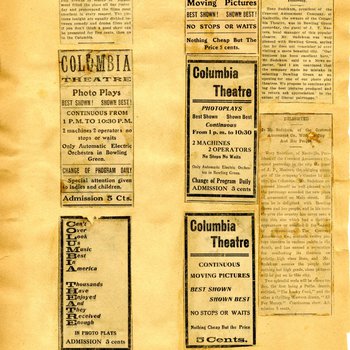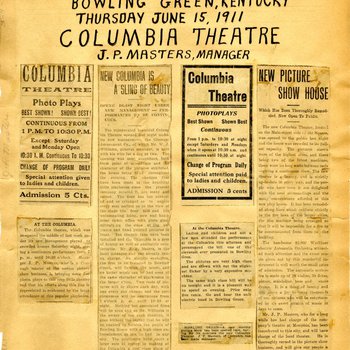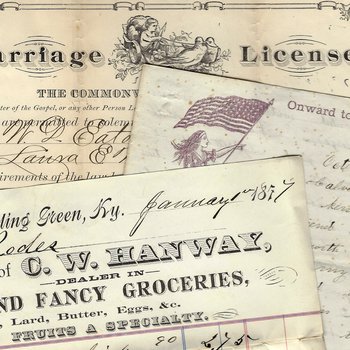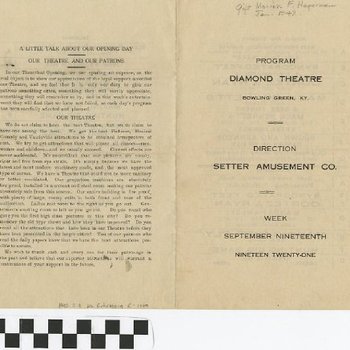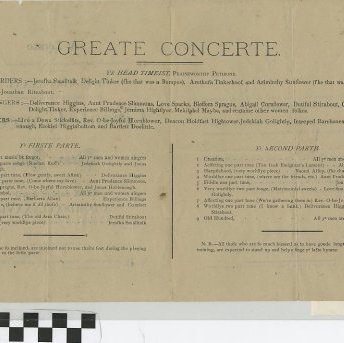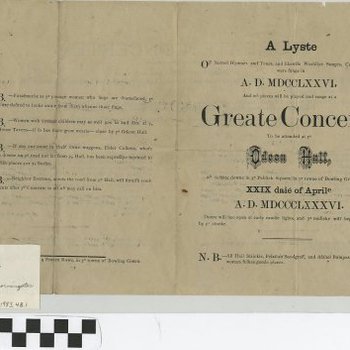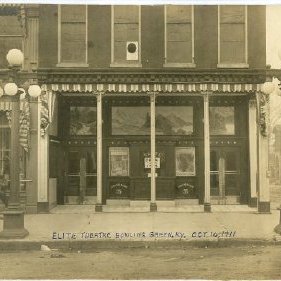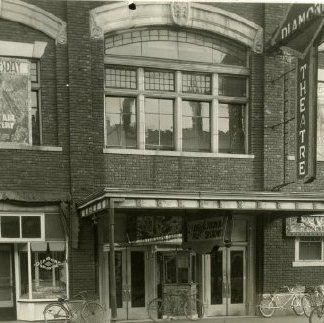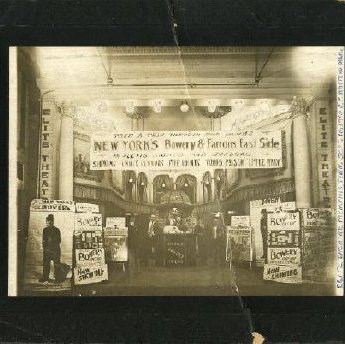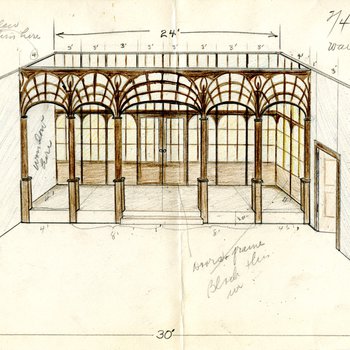Bowling Green has a long history in the world of theatre. It was common and very possible to renovate empty buildings into an area for theatrics and accommodate performers and an audience. These buildings held events for numerous entertainment types, such as spectacles, dancing, recitation, pantomime, and combination animal-dramatic performances, as well as true drama. There were also melodramas, farces, and comic operas.
Traveling theatrical companies and amateur groups performed regularly in Bowling Green. Bowling Green's first building for theatrical productions was Odeon Hall. The original three-story building was erected in 1866 by John Cox Underwood, according to "Our Heritage: An Album of Early Bowling Green Kentucky Landmarks" by Irene Moss Sumpter. The first performance there was a piano recital in 1869. After it was purchased in 1887 by Pleasant J. Potter it became The Potter Opera House. The building was later renovated for business. The Phoenix Theatre is the home to local troupe Public Theatre of Kentucky and also the site of Fountain Square Players' performances. The Phoenix is a great place for recitals, birthday parties, receptions, meetings, and other special events. The Princess Theatre was owned by the Crescent Amusement Co. and opened in July 1916, according to information provided by Miranda R. Clements, Greenways coordinator of the City-County Planning Commission. It may have been one of the first theaters built in Kentucky for the express purpose of showing motion pictures. After operating for more than 40 years as a theater, the Princess at 430 E. Main St. closed in 1957 and was remodeled in 1959 for retail use. Several retail operations occupied the building until 1980. The theater, which is now known as the Princess Building, once again houses several businesses. The Capitol Arts Center was built in the late 1890s as a vaudeville house and originally named the Columbia Theatre. It was renamed and converted into a movie theatre in the mid-1930s. The theatre closed in 1967. After sitting for ten years, an extensive renovation was completed, and it reopened as the Capitol Arts Center in 1981.

